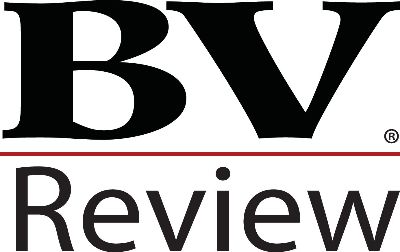Discount for Lack of Liquidity: Understanding and Interpreting Option Models
The business valuation profession is moving toward a consensus that development and application of empirically rigorous methods for determining and testing discounts and premiums is needed. Increased availability of affordable, good quality public market data has contributed to this move toward empirical analysis. Time/volatility models used for estimating the appropriate discounts for lack of liquidity are based on options theory. These models are conceptually easy to understand and relatively simple to apply. The model parameters are directly observable from market data, making them easy to replicate and to test the results. The discount for illiquidity derived from these models reflects only the incremental return differentials between securities, which have already crossed the marketability barrier and can be legally traded. Any discount related strictly to marketability is an addition to the discount for illiquidity, not subsumed within it. This paper presents three major put option models and illustrates their application for estimating appropriate discounts for lack of liquidity.Abstract
Contributor Notes
Ashok Abbott, PhD, is an associate professor of finance at West Virginia University. He has been researching the role of liquidity in asset pricing for ten years and has published and presented extensively on this issue at national and international conferences. He can be reached at 304-293-7886 or Ashok.Abbott@mail.wvu.edu.

